Home>Articles>What Are Four Hand Tools Specific To Painting And Finishing
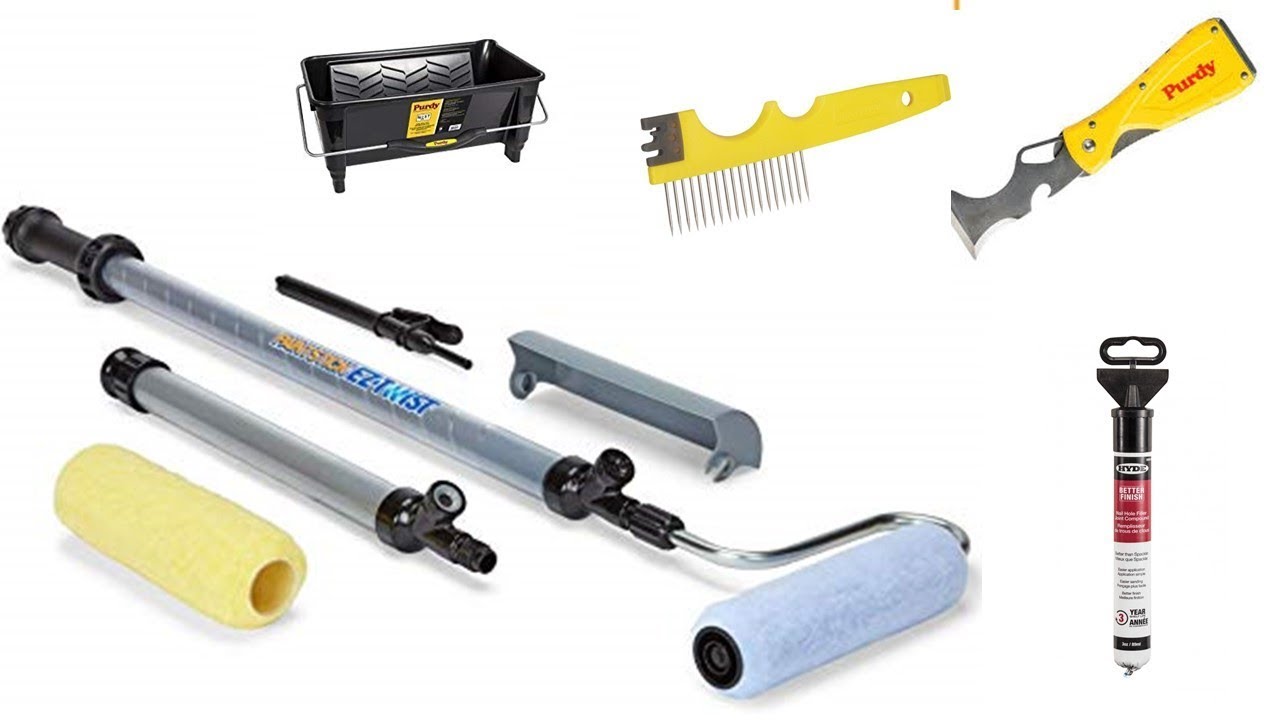

Articles
What Are Four Hand Tools Specific To Painting And Finishing
Modified: November 1, 2024
Discover essential hand tools for painting and finishing in this informative article. Learn about the must-have tools that make your DIY projects easier and more professional.
(Many of the links in this article redirect to a specific reviewed product. Your purchase of these products through affiliate links helps to generate commission for Storables.com, at no extra cost. Learn more)
Introduction
When it comes to painting and finishing projects, having the right tools in hand can make all the difference. Whether you’re a seasoned professional or a DIY enthusiast, having a set of hand tools specifically designed for painting and finishing can help you achieve professional-looking results.
In this article, we will explore four essential hand tools that are specifically designed for painting and finishing tasks. These tools are widely used for various projects such as painting walls, furniture, cabinets, and other surfaces. Let’s dive in and discover the key features and benefits of each tool.
Key Takeaways:
- Choose the Right Tools
Selecting the appropriate hand tools, such as paintbrushes, rollers, putty knives, and sanding blocks, is crucial for achieving professional-looking results in painting and finishing projects. Each tool serves a specific purpose and offers unique benefits, so investing in a quality set will enhance your project outcomes. - Proper Maintenance is Key
To ensure the longevity and performance of your hand tools, it’s essential to practice proper maintenance. This includes cleaning and preparing the tools before and after each use, as well as selecting the right materials and handle types for comfort and control. By taking care of your tools, you can maximize their usability and achieve smoother, more professional finishes in your painting and finishing projects.
Paintbrushes
Paintbrushes are arguably the most common and versatile tools used in painting and finishing projects. They come in various shapes and sizes to accommodate different applications and paint types. Here are some key features to consider when selecting paintbrushes:
- Bristle Materials: Paintbrushes can be made with natural bristles or synthetic bristles. Natural bristles, such as those made from animal hair, are best suited for oil-based paints, while synthetic bristles work well with water-based paints.
- Brush Size: The size of the brush refers to the width of the bristles at the ferrule. Smaller brushes are ideal for detailed work, such as trim and edging, while larger brushes are suitable for covering larger areas.
- Brush Shape: Paintbrushes come in various shapes, including flat, angled, and round. Flat brushes are great for covering large surfaces, angled brushes are perfect for cutting in and creating clean lines, and round brushes are suitable for intricate detailing.
- Handle Type: Consider the handle type that offers a comfortable grip, such as wooden handles for a traditional feel or rubberized handles for better control.
When using paintbrushes, it is important to properly prepare them before each use by removing any loose bristles and wetting them slightly. This allows for better paint absorption and smoother application. Additionally, remember to clean the brushes thoroughly after each use to prolong their lifespan.
Paintbrushes are commonly used for applying paint to walls, trim, furniture, and other surfaces. They provide excellent control and precision, allowing you to achieve a smooth and even finish. Invest in a set of quality paintbrushes to ensure optimal performance and durability in your painting and finishing projects.
Paint Rollers
Paint rollers are essential tools for covering large areas quickly and efficiently. They consist of a cylindrical handle with a rotating spindle and a replaceable roller cover. Here are some key features and benefits of using paint rollers:
- Roller Covers: Roller covers are available in different nap lengths, which refers to the thickness of the fibers on the cover. Short nap covers are suitable for smooth surfaces, while longer nap covers are ideal for textured surfaces. Select the appropriate nap length for your specific project.
- Roller Frame: The roller frame holds the roller cover and connects it to the handle. Look for a durable frame that securely holds the cover and allows for smooth rolling action.
- Handle Length: Consider the length of the handle to ensure comfortable use and reach. Longer handles are helpful for painting ceilings and high walls.
- Paint Tray: Paint rollers are typically used in conjunction with a paint tray, which holds the paint for easy accessibility. Look for a sturdy and easy-to-clean paint tray.
Using a paint roller allows for quick and even coverage on larger surface areas such as walls and ceilings. It is recommended to use a roller cover with the appropriate nap length for the surface you are painting. The roller should be loaded with an adequate amount of paint and rolled in a “W” or “N” pattern to ensure even distribution.
Paint rollers are also great for applying primer and paint to textured surfaces, as the roller cover can effectively reach into the crevices and create a uniform finish. They offer a faster application compared to using brushes alone, allowing you to complete your painting projects in less time.
After each use, clean the paint roller thoroughly by removing the cover, rinsing it with water or an appropriate cleaning solution, and allowing it to dry completely. This helps to ensure the longevity and performance of your paint roller.
Investing in high-quality paint rollers and roller covers will deliver professional-looking results and make your painting and finishing projects more efficient and enjoyable.
When painting and finishing, four essential hand tools to have are a paintbrush, roller, paint scraper, and putty knife. These tools will help you achieve a smooth and professional finish.
Putty Knives
Putty knives, also known as scraper knives or taping knives, are versatile hand tools commonly used in painting and finishing projects. They are designed for applications such as filling holes, spreading putty or spackle, and smoothing surfaces. Here are some key features and benefits of putty knives:
- Blade Size: Putty knives come in various blade sizes, ranging from small to large. A small blade is suitable for precise work, such as filling nail holes, while a larger blade is ideal for applying putty or spackle to larger areas.
- Blade Material: Putty knives typically have a stainless steel blade, which is durable, rust-resistant, and easy to clean. Some models may have a flexible blade, allowing for easier application and smoothing.
- Handle Grip: Look for a putty knife with a comfortable handle grip, such as a rubberized or ergonomic handle. This will provide better control and reduce hand fatigue during extended use.
Putty knives are most commonly used for tasks such as filling small holes, cracks, or imperfections in walls and other surfaces. Before applying putty or spackle, ensure that the area is clean and dry. Use the putty knife to apply an even layer of putty or spackle, and then smooth it out using the flat edge of the knife. For larger areas, make multiple passes to ensure a smooth and seamless finish.
Putty knives can also be used for removing old paint or wallpaper, as well as scraping off dried or excess paint or adhesive. The sharp edge of the blade helps to efficiently remove unwanted material without damaging the underlying surface.
After each use, clean the putty knife by removing any excess material and washing it with soap and water. Dry the blade thoroughly to prevent rusting. Proper maintenance and care of your putty knife will ensure its longevity and usability for future projects.
Investing in a set of quality putty knives will greatly enhance your painting and finishing projects, allowing for precise application and a smoother, more professional-looking surface.
Sanding Blocks
Sanding blocks are essential hand tools used for smoothing and refining surfaces before and after painting or finishing. They are used to remove imperfections, rough edges, and uneven surfaces, resulting in a smooth and professional finish. Here are some key features and benefits of sanding blocks:
- Block Material: Sanding blocks are typically made from foam, rubber, or other materials that provide a solid and comfortable grip. The block should be sturdy enough to withstand pressure while sanding.
- Grit Level: Sanding blocks are available in different grit levels, ranging from coarse to fine. Coarser grits (lower numbers) are used for heavy sanding tasks, such as removing paint or varnish, while finer grits (higher numbers) are used for smoothing and refining the surface.
- Block Shape and Size: Sanding blocks are available in various shapes and sizes, including rectangular, square, or contoured designs. Choose a shape that is comfortable to hold and a size that suits the surface area you are sanding.
Before using a sanding block, ensure that the surface is clean and free from dust or debris. Holding the sanding block firmly, move it back and forth or in circular motions, applying even pressure. Start with a coarser grit to remove any roughness or imperfections, then gradually switch to finer grits for a smoother finish. Remember to sand with the grain or in a consistent direction to avoid creating visible scratches.
Sanding blocks are commonly used during surface preparation, such as removing old paint, smoothing wood surfaces, or preparing drywall for painting. They are also useful for touch-up work after painting to ensure a seamless transition between layers or to eliminate any brush or roller marks.
After sanding, it is important to remove any sanding residue by wiping down the surface with a clean cloth or vacuuming. This will help to ensure a clean and dust-free surface for the next stage of the painting or finishing process.
Investing in high-quality sanding blocks will greatly improve the quality and smoothness of your painted or finished surfaces. They are versatile tools that can be used in various projects and are a valuable addition to any painter’s toolkit.
Frequently Asked Questions about What Are Four Hand Tools Specific To Painting And Finishing
Was this page helpful?
At Storables.com, we guarantee accurate and reliable information. Our content, validated by Expert Board Contributors, is crafted following stringent Editorial Policies. We're committed to providing you with well-researched, expert-backed insights for all your informational needs.
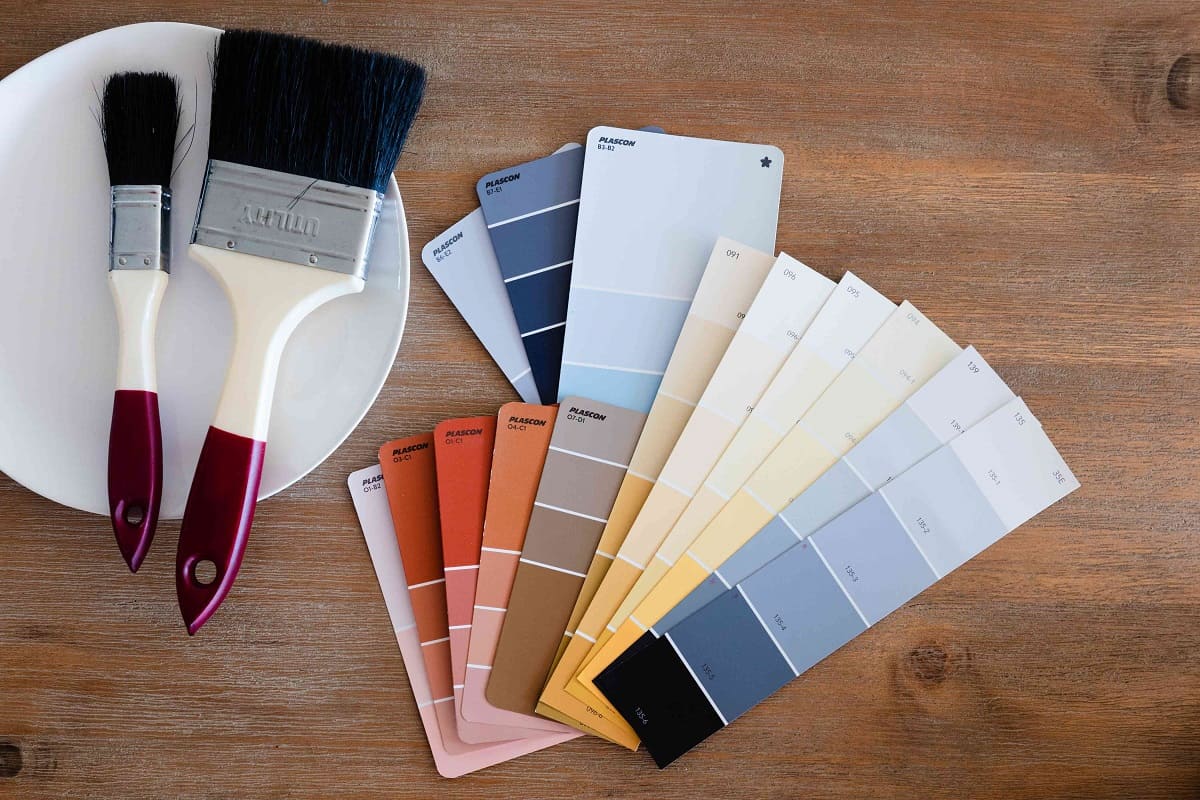

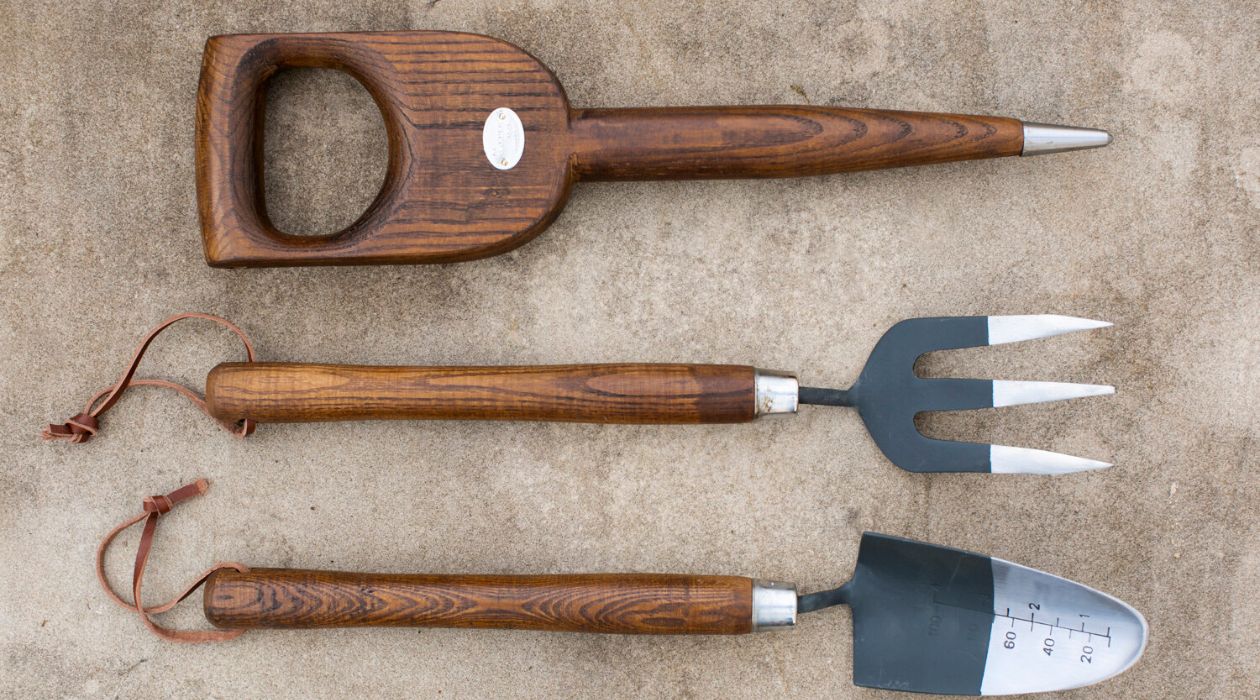
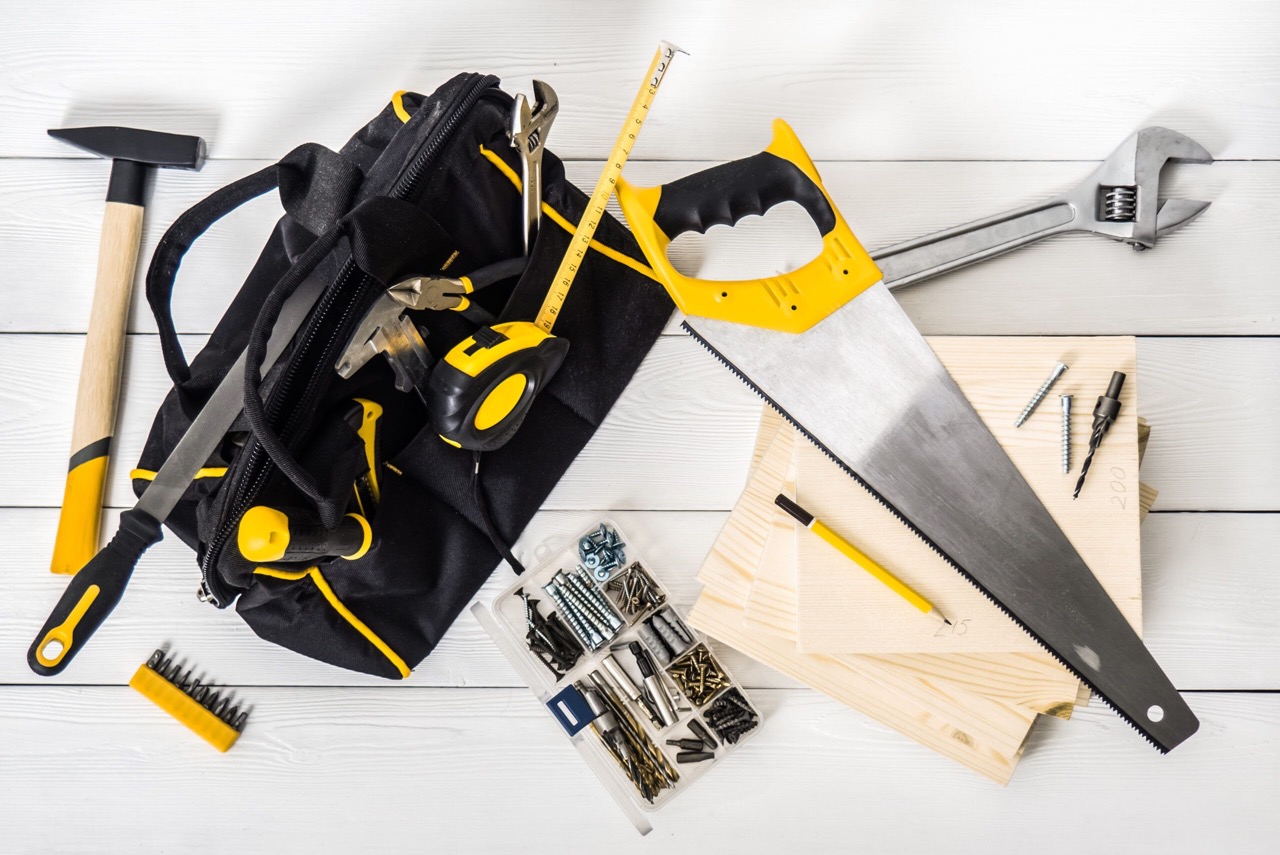
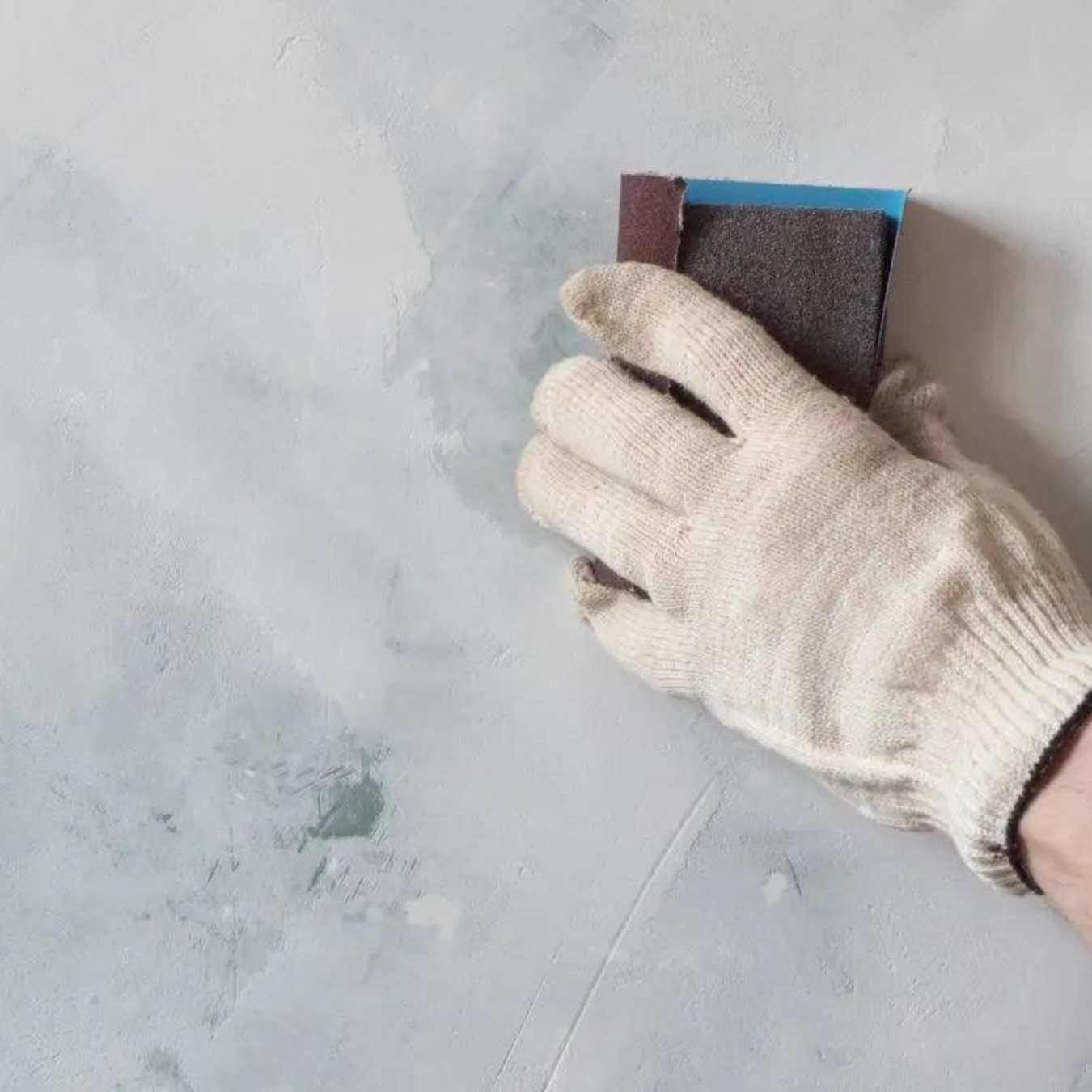
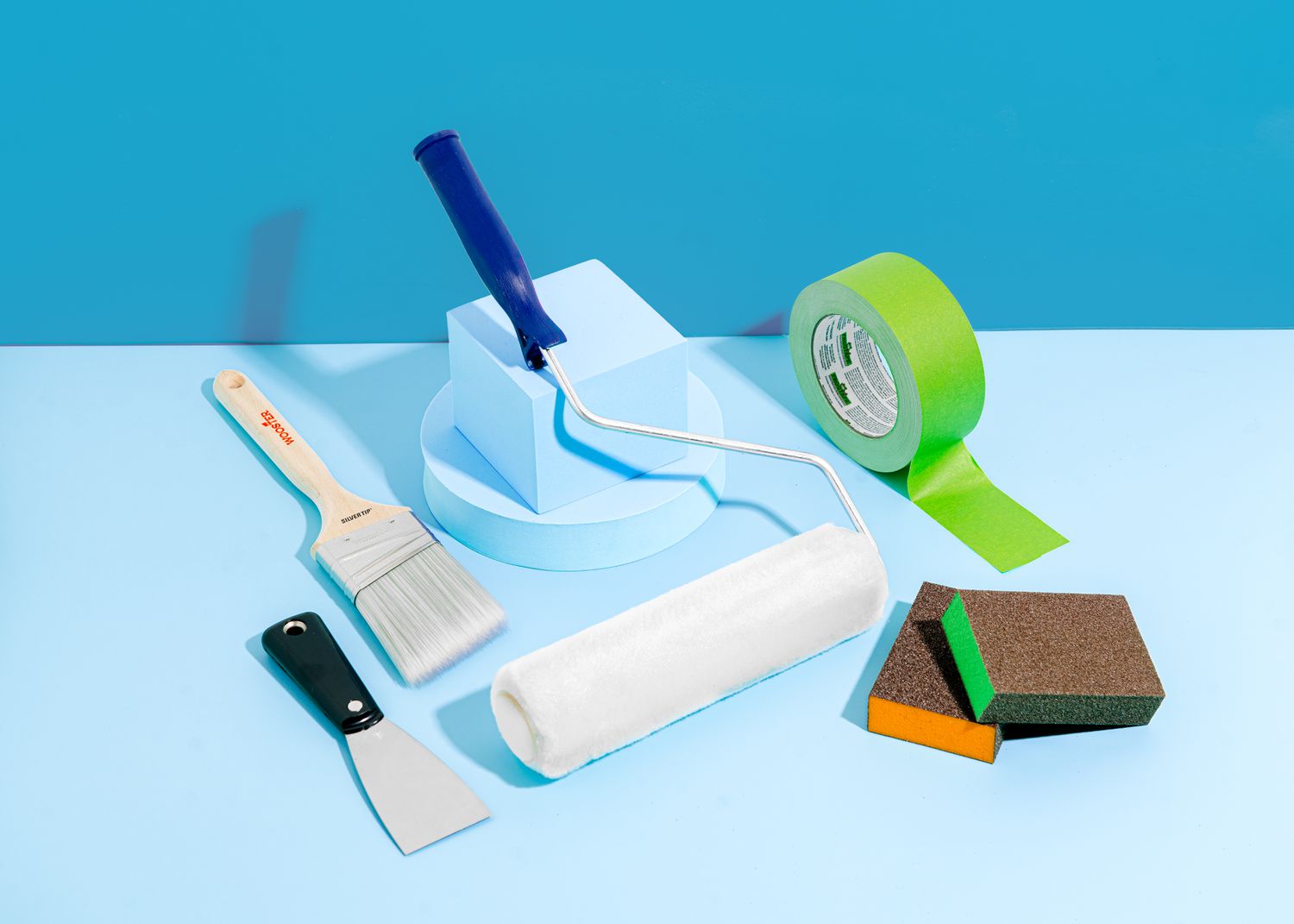

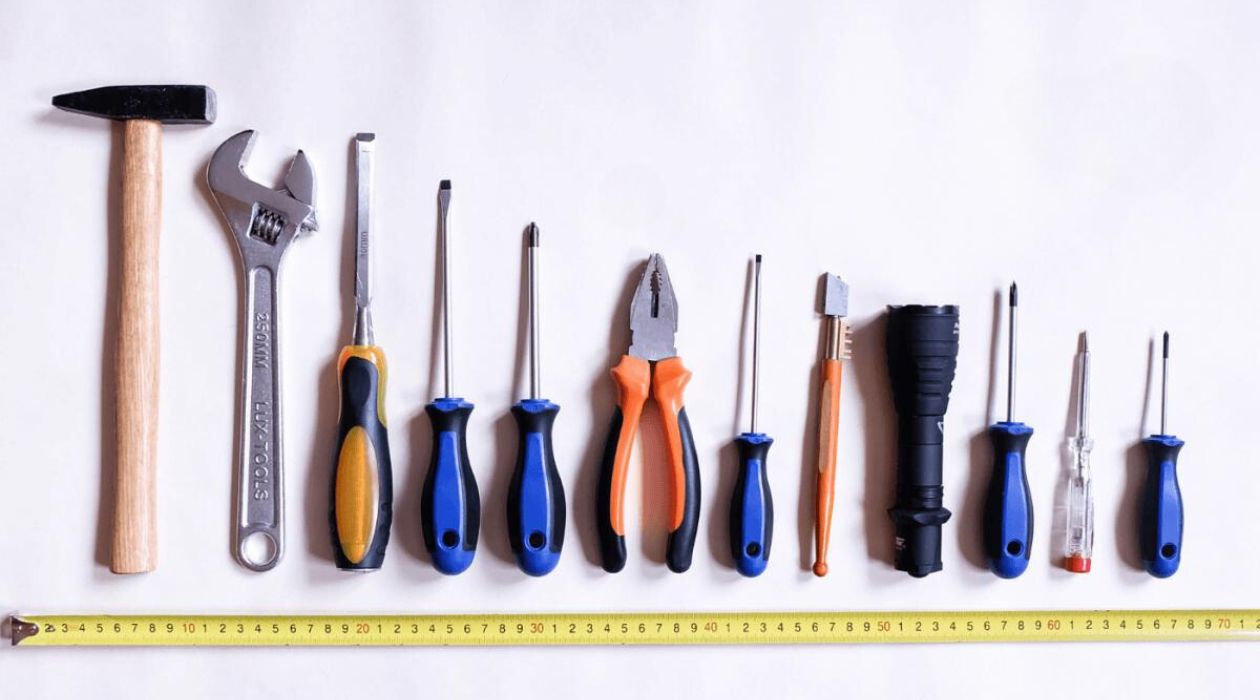
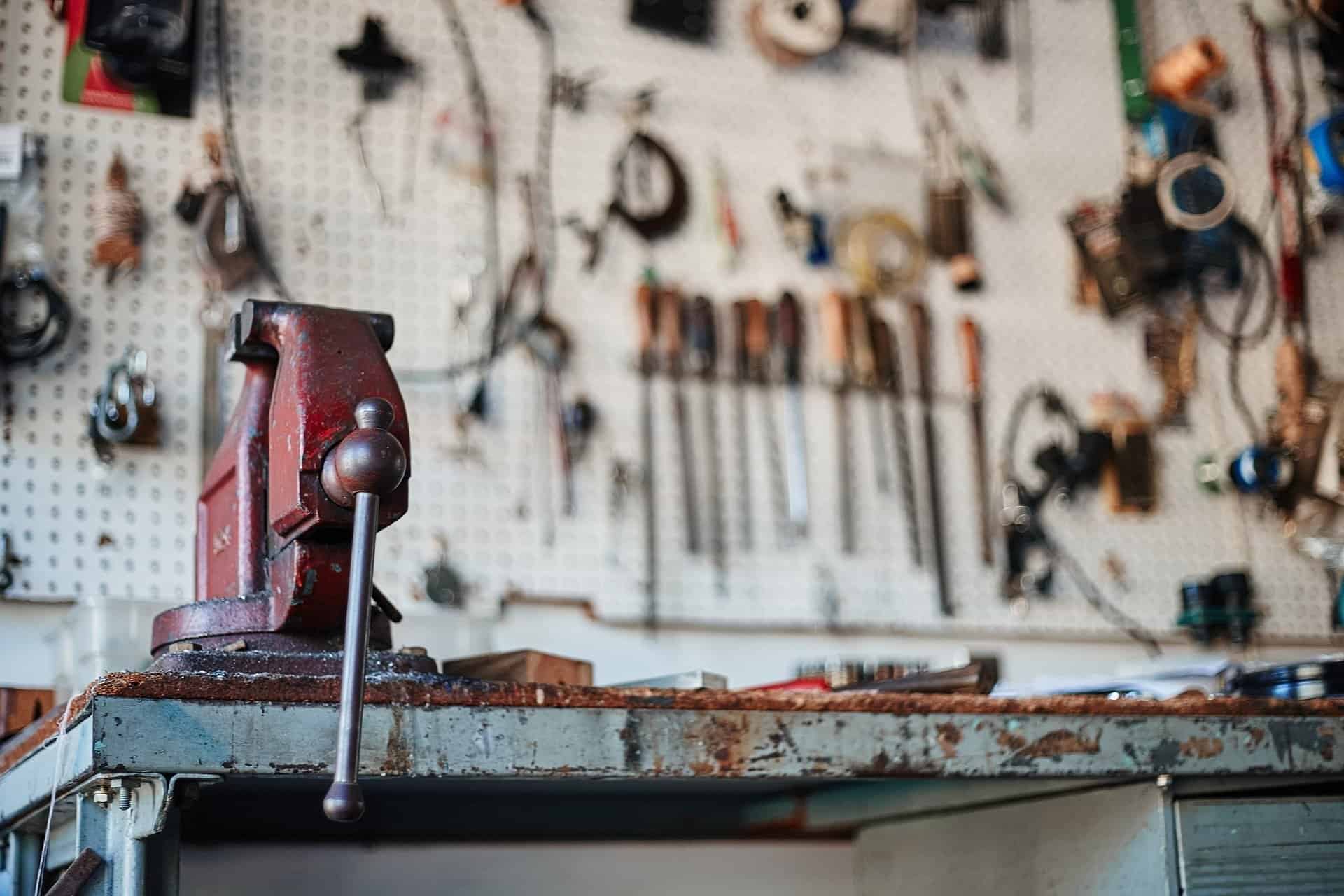

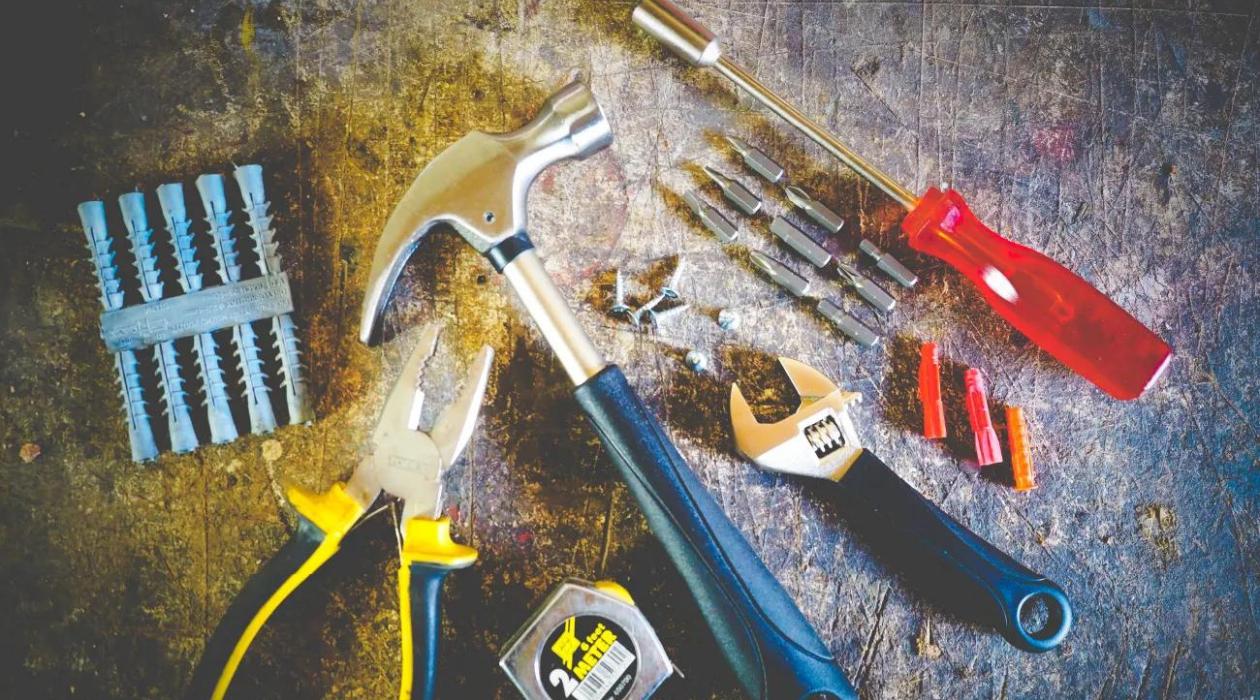
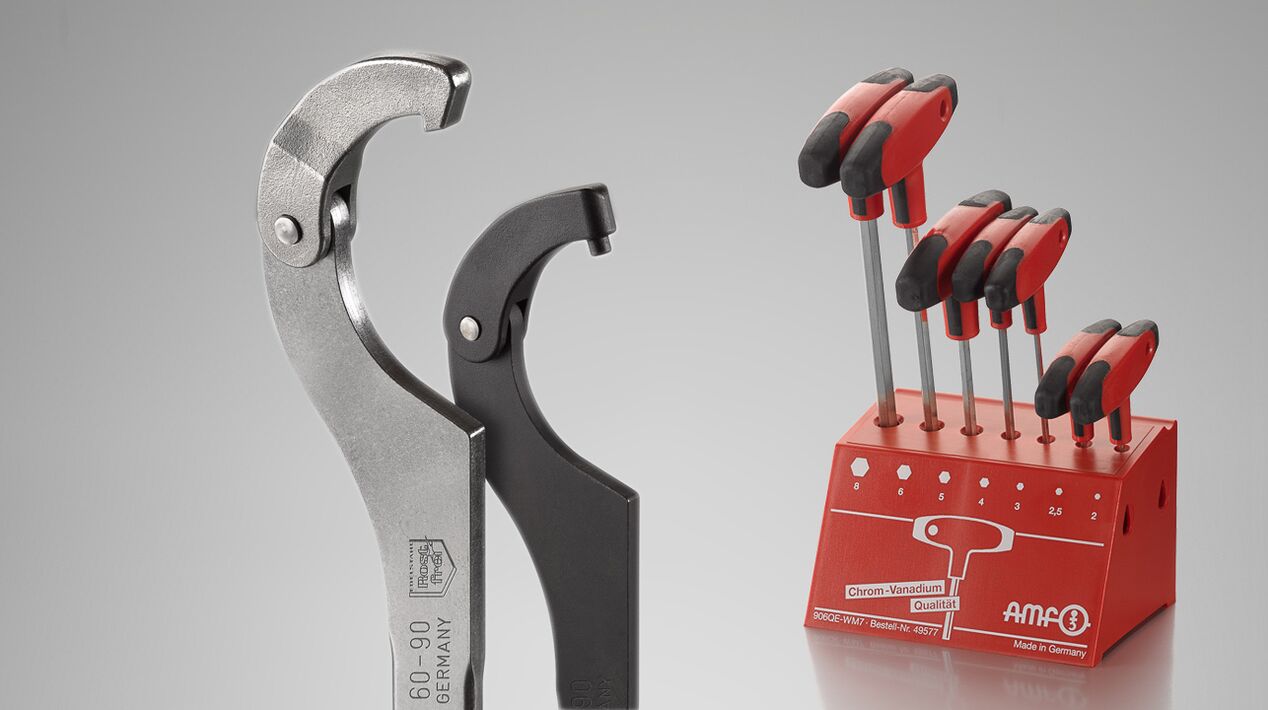
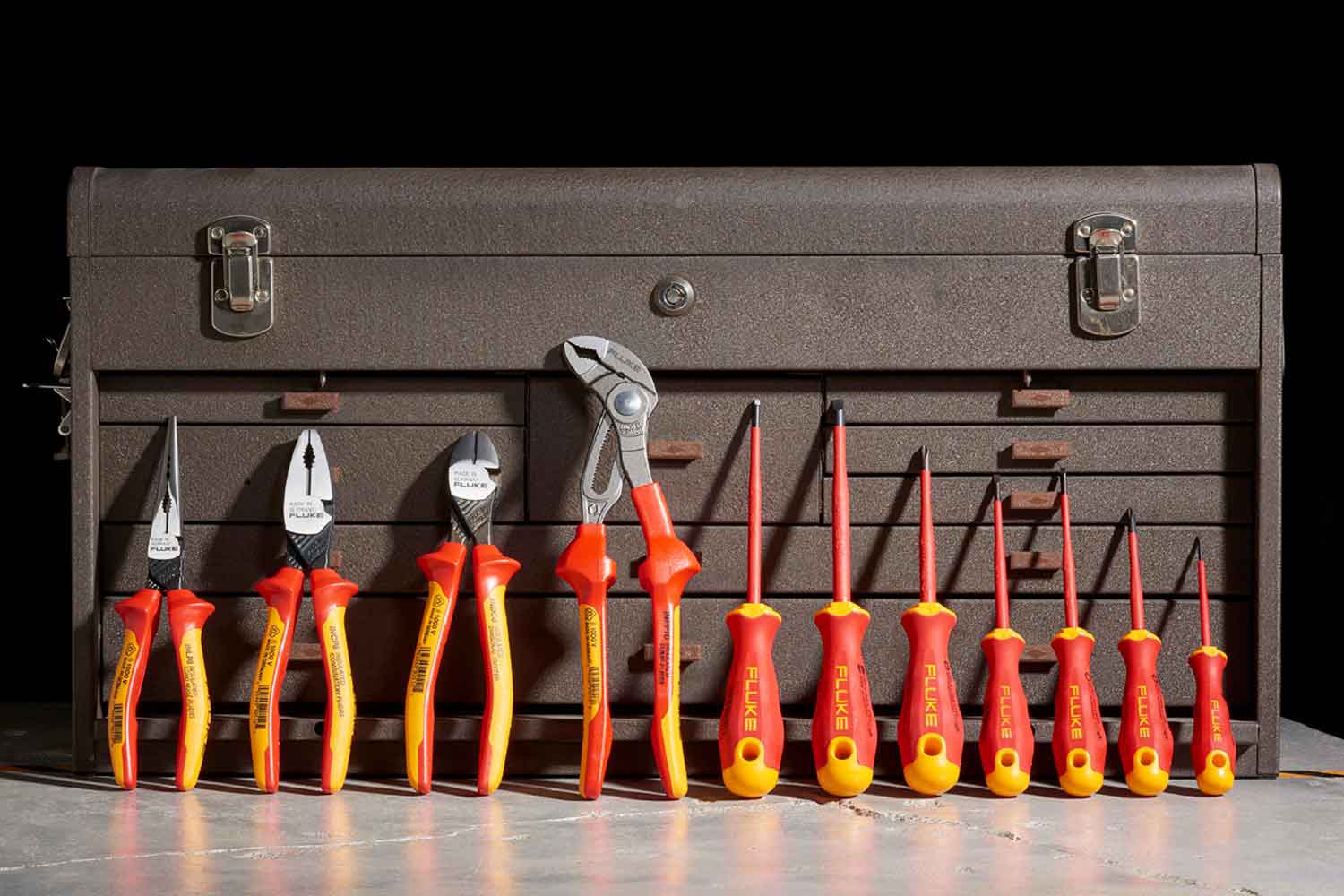

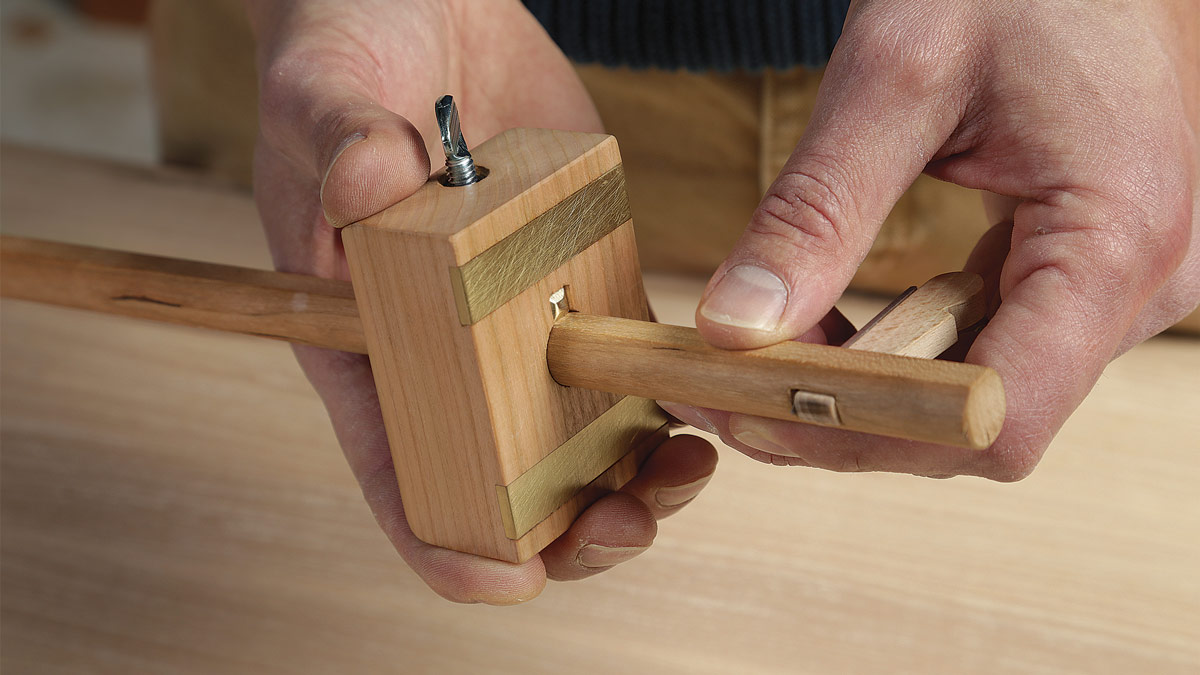

0 thoughts on “What Are Four Hand Tools Specific To Painting And Finishing”